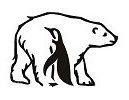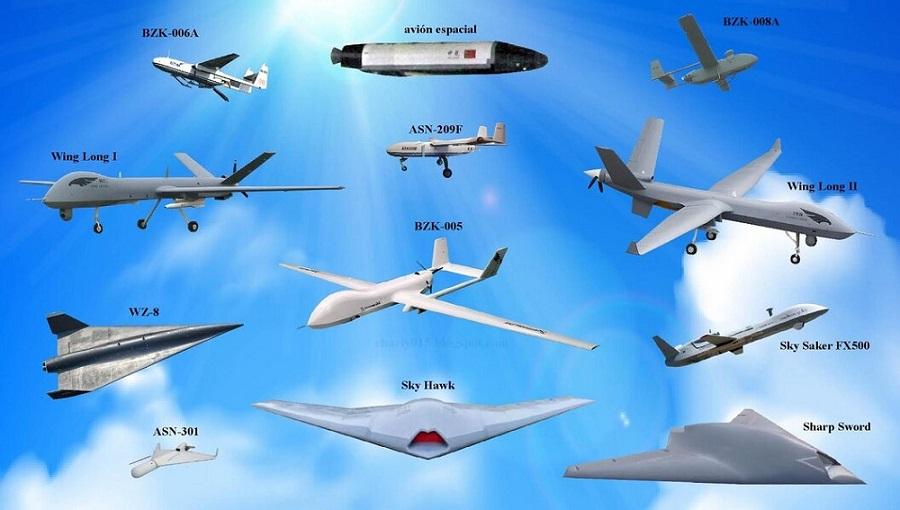
Types of unmanned aerial vehicles
An unmanned aerial vehicle (UAV) is a device that is capable of performing tasks on board without direct human involvement. The device is controlled remotely or by autopilot.
UAVs are used in various industries: aviation, agriculture, medicine, industry and others, allowing you to perform many tasks, including aerial photography, cargo delivery, search, rescue and more.
Different types of UAVs, often called drones, have their own characteristics and applications.
Multirotor drones are devices that have from two to several rotors and have good maneuverability in the air.
Helicopter drones are unmanned helicopters that have one or more rotors and are capable of taking off and landing vertically.
Unmanned aircraft are vehicles that have a similar structure to manned aircraft.
UAVs are distinguished by a variety of shapes and sizes. There are several main categories into which drones can be divided.
Microdrons: Small and lightweight devices that can fit in the palm of your hand. They are usually used for commercial purposes such as aerial video and photography, and have a limited flight time.
Minidrons: They are bigger and capable of carrying heavier loads. They are usually used for reconnaissance or transportation purposes.
Medium-sized drones: they are used in many industries, have a long flight time and are capable of carrying larger loads.
Large drones: They are commonly used in military and industrial applications such as cargo transportation and rescue operations. They have a long flight time and can carry heavy loads.
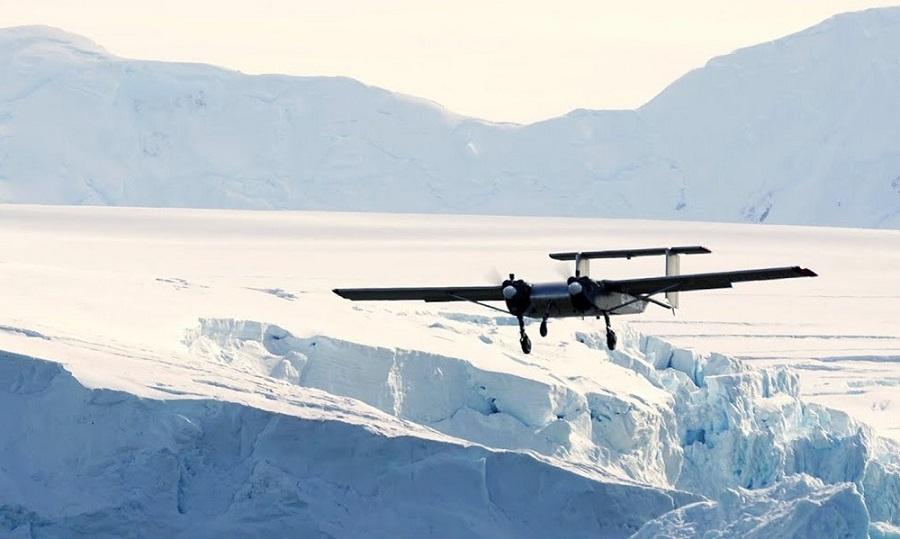
The choice of a drone depends on the goals, objectives and requirements of the user. Therefore, before choosing, it is necessary to take into account its various parameters: size and weight, duration and speed of flight, availability of autopilot and others.
UAVs also differ depending on the design and application.
- Multirotor UAVs are equipped with several screws that allow them to move in the air. They are usually used for short-term and low-flying tasks such as video and photography, cargo delivery, and others.
- Fixed wing drones are UAVs that have a rigid structure with conventional wings. They can be used for long-term missions, including search, reconnaissance and security.
- Hybrid UAVs combine the advantages of multirotor drones with fixed wings. They usually have a vertical takeoff / landing, and the flight is performed horizontally.
Depending on the purpose, UAVs are classified as follows:
- Reconnaissance: they are usually equipped with various sensors and cameras that allow you to collect information and observe objects on the underlying surface;
- Cargo: for the delivery of food, medicines or other goods to remote or hard-to-reach places;
- Passenger: for transporting people over long distances without the participation of a pilot;
- Training: designed to train operators of unmanned systems;
- Entertainment: These are small drones that are used for entertainment and competitions.
There are other classification methods that include various characteristics of unmanned aerial vehicles.
The use of drones for polar research
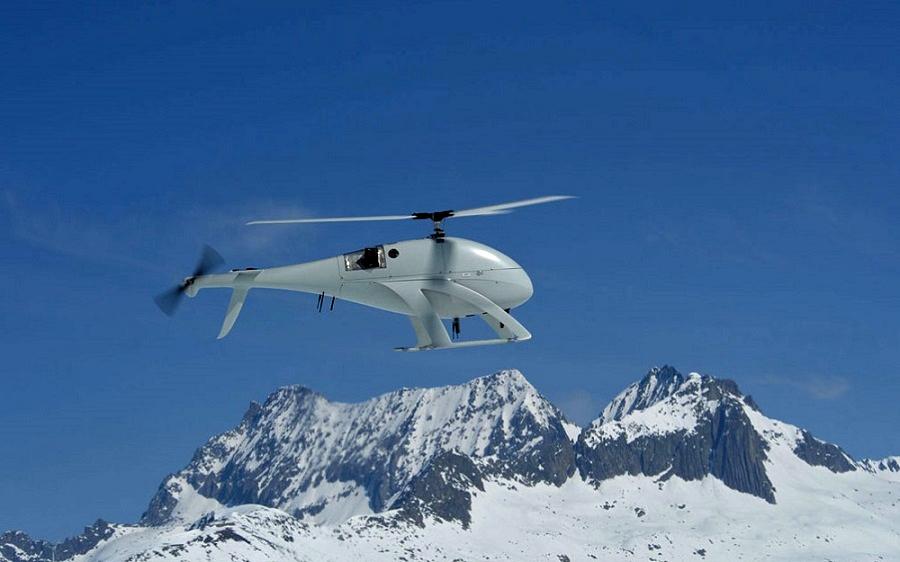
UAVs play a huge role in conducting marine and polar research, providing scientists with unique data collection capabilities. Drones perform a variety of tasks, helping to expand knowledge about natural phenomena and changes in the environment. They are equipped with sensors that allow you to study the behavior of animals and birds, as well as collect samples of plankton and other organisms living in the water.
One of the main advantages of drones is their ability to collect data in remote and extreme conditions of polar regions and seas. They monitor the condition of glaciers, monitor icebergs, and study the distribution of sea ice. These data not only help specialists to better understand the processes taking place in the polar regions, but also to assess their future changes and their impact on the global climate.
Drones have high maneuverability and operate at different altitudes and in strong winds, which makes them unique tools for studying the polar atmosphere. They play an important role in solving problems related to global warming and climate change.
The main research tasks solved with the help of UAVs in the polar regions are as follows:
· ice exploration, review of glaciers and icebergs;
· aerial photography and monitoring of the underlying surface;
· study of the animal world and its habitat;
· monitoring of zooplankton and other organisms;
· Study of climate change;
· Study of global warming and its consequences;
· various assistance in polar expeditions.
The use of UAVs has become an integral part of scientific expeditions and polar research. One of the main tasks of drones in the framework of scientific expeditions is aerial photography and monitoring of territories. Thanks to special cameras and sensors, researchers collect data on natural objects and processes
Drones have the ability to carry out automatic monitoring, which speeds up the whole process. They are used to conduct regular data collection and provide more accurate and detailed information, as well as reduce the need for a large number of specialists.
Unmanned aerial vehicles are used with various types of sensors to view glaciers and icebergs. For example, the devices are equipped with special high-resolution cameras that allow you to create three-dimensional models and maps of glaciers and icebergs.
Other types of sensors installed on unmanned aerial vehicles include radars, laser scanners and thermal cameras. These tools allow researchers to study not only the surface of glaciers and icebergs, but also their internal structure, speed and temperature.
UAVs are used to monitor changes in the tundra, glaciers at sea, as well as to analyze the atmosphere. Studying climate change gives scientists the opportunity to obtain new data and better understand the processes taking place in the environment.
Drones have become indispensable tools for studying wildlife in polar regions. Drones allow you to observe wild animals in their natural habitat, study their behavior, assess their numbers and the state of populations.
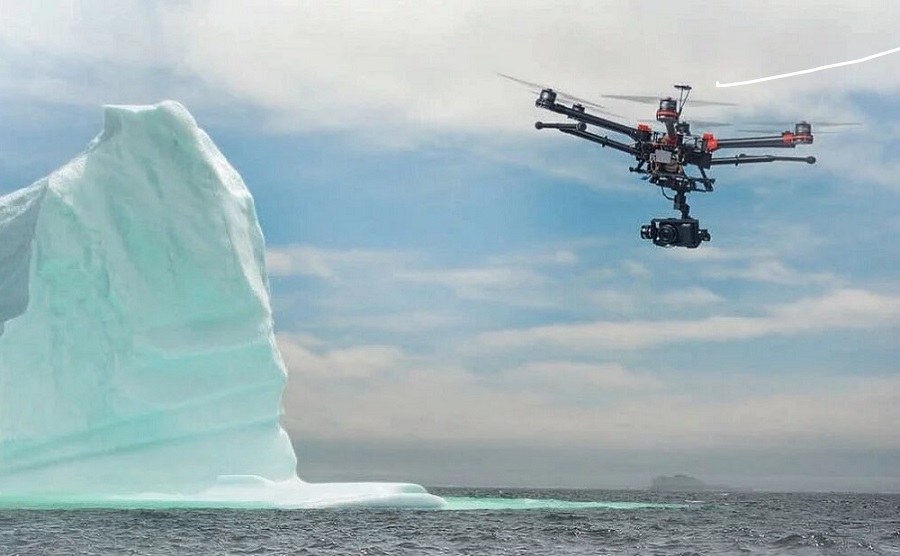
Unmanned aerial vehicles are used with various types of sensors to view glaciers and icebergs. For example, the devices are equipped with special high-resolution cameras that allow you to create three-dimensional models and maps of glaciers and icebergs.
Other types of sensors installed on unmanned aerial vehicles include radars, laser scanners and thermal cameras. These tools allow researchers to study not only the surface of glaciers and icebergs, but also their internal structure, speed and temperature.
UAVs are used to monitor changes in the tundra, glaciers at sea, as well as to analyze the atmosphere. Studying climate change gives scientists the opportunity to obtain new data and better understand the processes taking place in the environment.
Drones have become indispensable tools for studying wildlife in polar regions. Drones allow you to observe wild animals in their natural habitat, study their behavior, assess their numbers and the state of populations.
UAVs allow scientists to receive data in real time, which allows them to immediately analyze information and make decisions much faster than using traditional observation methods. They do not create noise and emissions and do not disturb the habitat of animals.
Thanks to drones, scientists have become able to conduct many studies that were previously impossible. They provide unique opportunities for cargo delivery and communication in remote and hard-to-reach places, as well as for search and rescue operations.
They reduce the risks for people working in remote and dangerous areas, as well as significantly increase the speed and efficiency of data collection. Using them is economically advantageous compared to manned aviation and makes expeditions more environmentally friendly and safe.
By Nikolai Kuznetsov, n-kuz@yandex.ru
